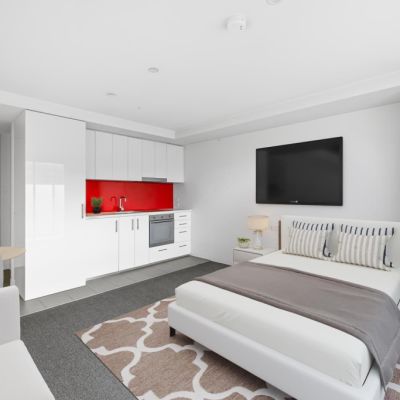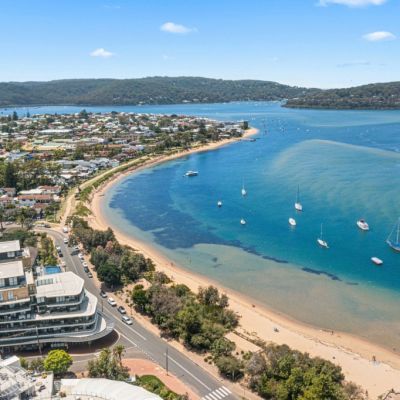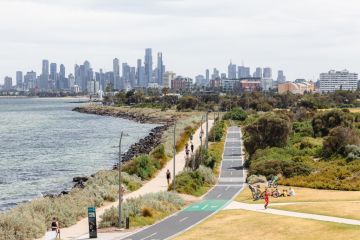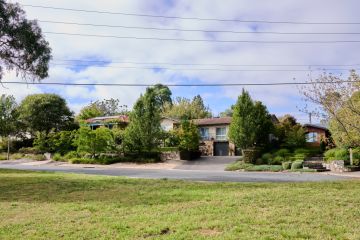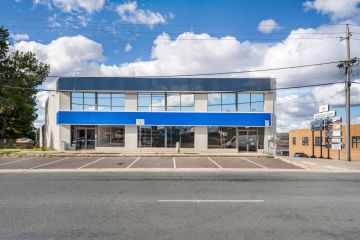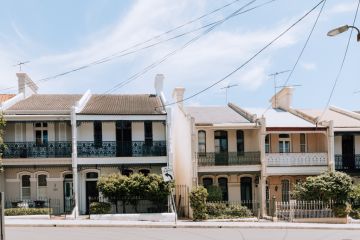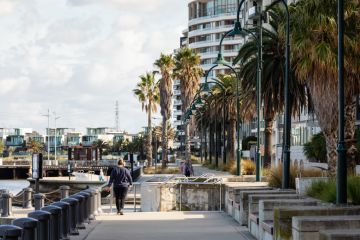Ryan loves his suburb, but something’s been missing for decades
A bipartisan push to grow outer suburban areas to increase housing supply has come under fire from experts, who warn too much attention has been devoted to adding more homes without considering what is built and where.
Both major parties plan to spend big to provide infrastructure to these areas in a bid to make more housing available, but critics say they focus on roads, sewerage and utilities, and neglect needed social infrastructure.

National cabinet has a target of delivering 1.2 million new homes over the five years to June 2029, and is so far lagging.
University of Adelaide Professor of housing research Emma Baker said both parties were more focused on building new suburbs than improving existing suburbs and promoting infill housing.
“If we were to hitch our entire wagon on greenfield housing, we’d be crazy,” she said. “It’s not a cleverly planned solution. It’s a low-hanging fruit, and if that were the only basis of our plans, then we’re doomed.”
Curtin University housing research fellow Dr Adam Crowe agreed. “There’s very little focus on what housing is delivered and what target groups are for housing,” he said. “There’s very little focus on infill housing.”
Baker said social infrastructure should be planned and built alongside roads, sewerage and other essentials.
“It’s the deeper thinking about creating places. You can put houses in, but they may be terrible places to live,” she said. “That surface stuff is left to the afters, but it’s valuable to have that in the planning.”
National Growth Areas Alliance chief executive Bronwen Clark welcomed the attention from both major parties, but said the funding commitments left gaps in needed social infrastructure.
“On one hand that’s good, but on the other hand we’re setting up these communities without access to anything else,” she said. “We’ve arrived at a housing shortage, and we can build as many houses as possible in greenfield areas … but the policies tend to just look at leaving people to fend for themselves when they’re there.”

Ryan Beggs, a resident of Campbelltown in Sydney, has lived in the area since childhood; he was happy with his access to most services, but still had to drive more than an hour to get to and from work and was concerned his growing neighbourhood was being left behind.
“New estates are well-thought-out in respect to local spaces, but Campbelltown is just all built out,” he said. “The [sporting] fields haven’t changed since I got here when I was nine. The clubhouses and things like that. It just feels like it hasn’t changed.”
Campbelltown’s population growth has outstripped the rest of greater Sydney between 2017 and 2022. Beggs said the aged infrastructure needed to be updated and received little attention.
“I’m only starting to feel like Campbelltown has been left behind now in my adult life,” he said. “On a Saturday morning, for example, I’d like to be able to get up and walk to a nice local café.
“There’s not just anything around here … there’s nowhere nice to walk.”
RMIT research commissioned by the National Growth Areas Alliance showed residents in growth areas had 48 per cent less access to healthcare than neighbouring established communities, 21 per cent less access to education, 44 per cent less access to arts and culture amenities and 68 per cent less access to sport and leisure facilities.
Clark said it often took years for these needed services to be built. “We have really considerable gaps in greenfield areas even in the past 10 to 20 years where there are no hospitals despite larger populations,” she said. “Melton, for example, has a bigger population than Ballarat and Bendigo, and has only just started a business case for a hospital.”
Crowe said governments should better co-ordinate to improve how new homes were delivered.

“It’s about being well-connected and good amenity in any area that is being developed, whether that is greenfield or infill in the inner and middle suburbs,” he said. “It’s ensuring that you’re creating inclusive and walkable suburbs that are well-connected to what people need.”
The Coalition in October announced a $5 billion election promise to build roads, sewerage, power and water infrastructure in growth areas. A spokesperson for opposition housing spokesman Michael Sukkar did not directly respond to a question about plans to improve social infrastructure when contacted by this masthead.
Infrastructure Minister Catherine King said the Coalition’s commitment was the same as the government’s $1.5 billion Housing Support Program, which already contributed to building social infrastructure.
“We are investing in enabling infrastructure such as water, power, sewerage, and roads, as well as community infrastructure including shared facilities like community centres and parks,” she said in a statement.
We recommend
We thought you might like
States
Capital Cities
Capital Cities - Rentals
Popular Areas
Allhomes
More
